Dry Needling Treatment for Running Injuries
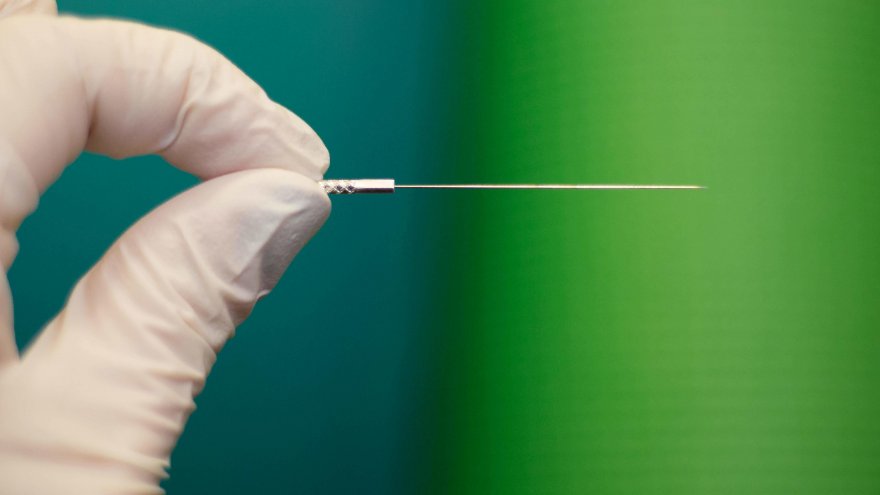
Are you frustrated with the same nagging injuries that don’t seem to resolve with rest, exercise, ice, foam rollers, change in shoe wear, or massage? An increasing number of physical therapists are getting certified in “dry needling” which can be a very effective tool for running overuse injuries. As both a runner and a physical therapist, I can attest to the way the Dry Needling treatment works wonders for many!
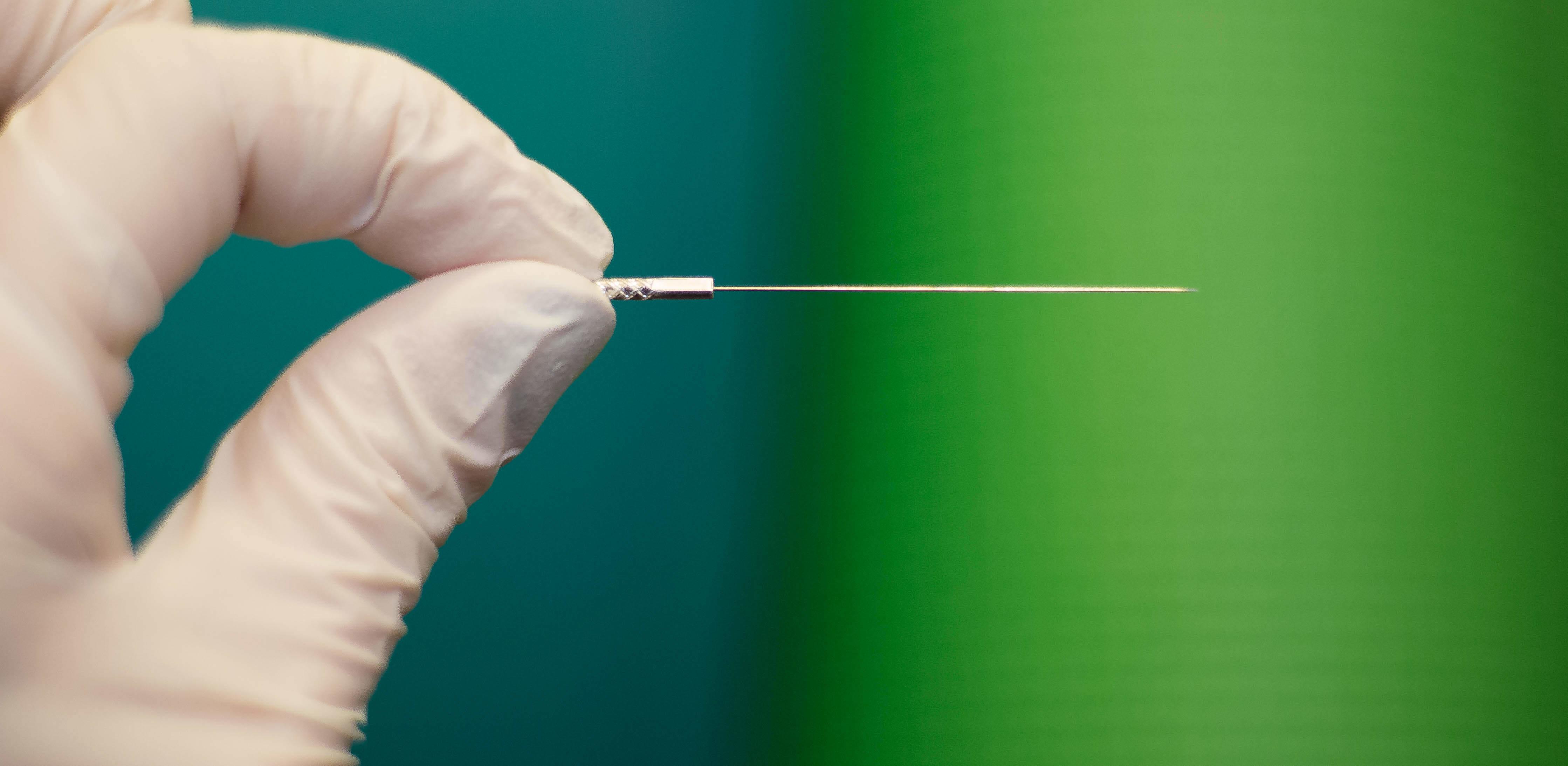
Dry Needling Treatment: What is it?
Dry needling is a therapeutic treatment that involves the insertion of a very small/thin needle into the muscle or connective tissue in an area known as a “trigger point.” The needle does not contain medication or injection substances, hence the term “dry” needling.
The needle may be manipulated gently to elicit a twitch response in the muscle tissue at a variety of trigger point locations. Most patients do not feel the needle penetrating the skin, and the degree of discomfort during the treatment varies greatly between patients. Typically, a “healthy” muscle is painless during treatment and patients may not feel the presence of the needle at all.
In a “dysfunctional” muscle that is shortened or has active trigger points, patients may experience a cramping, burning or aching sensation in the muscle and surrounding area that lasts a number of seconds, and can be accompanied by involuntary muscle twitching. This response to the treatment is short-lived and runners will quickly begin to associate this sensation in a positive way as it deactivates the trigger point and restores normal function in the muscle after the Dry Needling treatment.
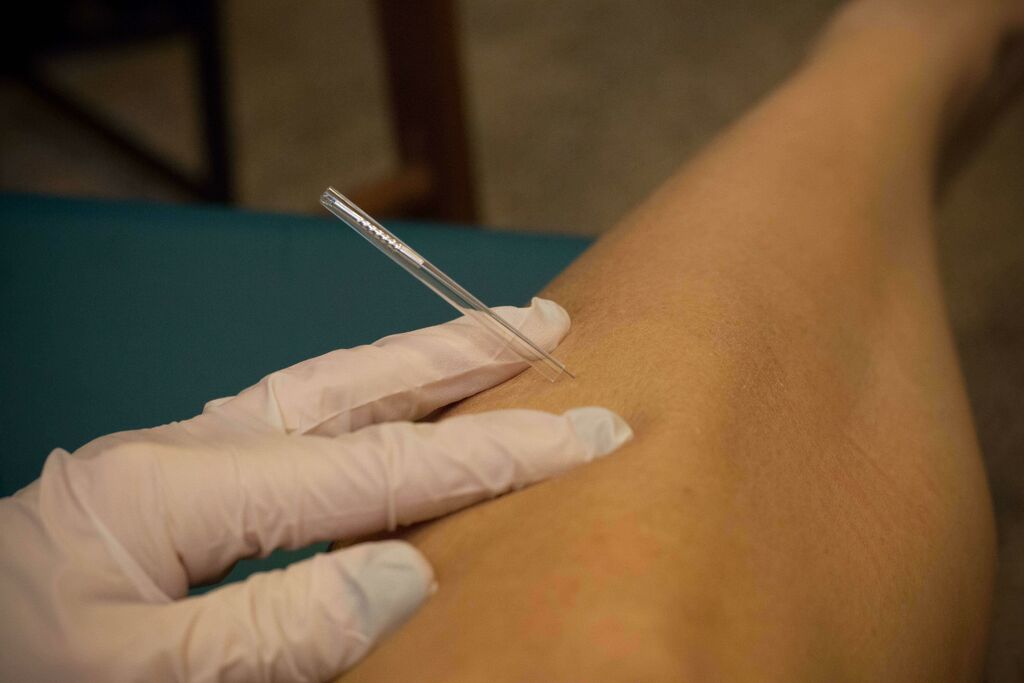
How Dry Needling Treatment is different from acupuncture?
Dry needling treatment is different from acupuncture in essentially every aspect except for the needle itself, which is often the same physical product in both cases. (A U.S. based company called iDryNeedle sells the innovative Myotech needles which were designed by physical therapists. Some PT’s utilize these needles instead of traditional acupuncture needles).
All other aspects of the treatment (intention, application, scientific background) are universally different. While acupuncture focuses on “chi” and redirecting the body’s energy flow by placing needles along with certain spots, physical therapists place the needles directly into problem areas. Dry needling treatment utilizes knowledge of anatomy and physiology, and some therapists also target muscles around the spine that can positively affect the muscles in the upper and lower extremities that are “fed” by the same nerves.
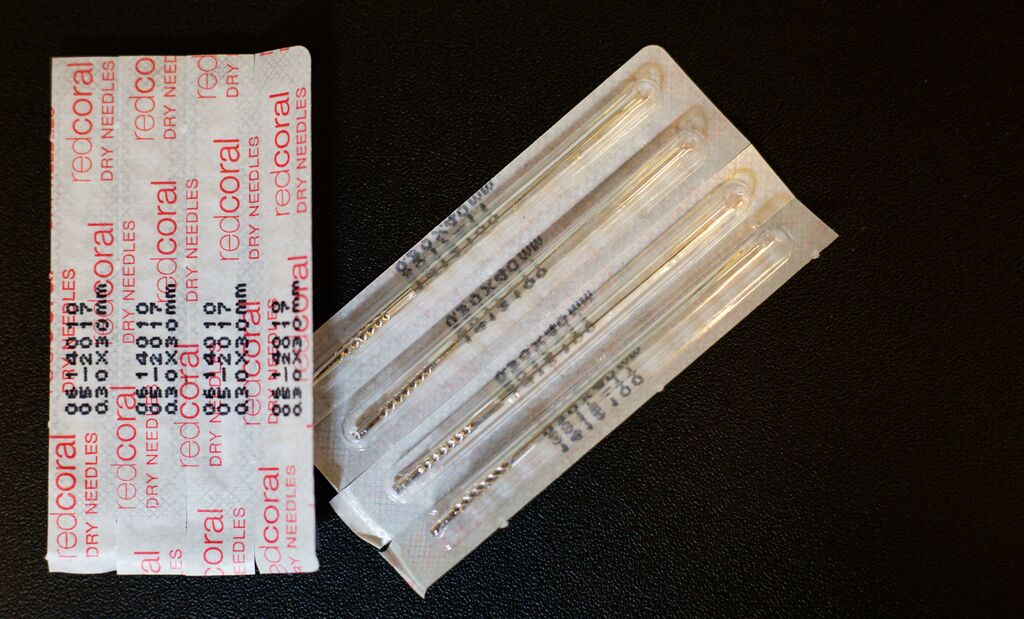
How Dry Needling treatment works?
Trigger points often thought of as taut bands or painful knots in muscle tissue, are theorized to be caused by repetitive stress or strain to the tissue. People can develop trigger points from prolonged poor postures such as computer or desk work, and can also develop them from intense or unaccustomed exercises and training.
The theory is that muscle damage on the microscopic level causes a chemical imbalance within the muscle fibers, which can result in persistent muscle fiber contraction and the development of trigger points. This chemical reaction and lack of an “off” switch can create a “hyperalgesic” reaction, meaning the muscle has an abnormally heightened sensitivity to pain. These trigger points can then affect the resting muscle length and feeling of ”tightness,” negatively impacting the efficiency of its contraction and function when loaded or demanded again.
Thus, the insertion of the needle in one of these areas acts as a “reset button” for that tissue. Sometimes treatment targeting muscles above or below your problem area can relieve the usual symptoms. For example, patients with plantar fasciitis or Achilles tendon pain usually benefit from dry needling treatment applied to the calves, which reduces stress and strain on the tissue below them.
I would argue that essentially any running overuse injury can be impacted by dry needling treatment. Runners knee, plantar fasciitis, shin splints, hip pain/sciatica, hamstring tendinopathy, and Achilles tendon irritation are the most common ailments that I see with runners, but those with back and neck pain also tend to see an improvement in their running following treatment. Injuries are almost never “black and white” and runners often benefit from addressing multiple muscles and tissue areas at once.
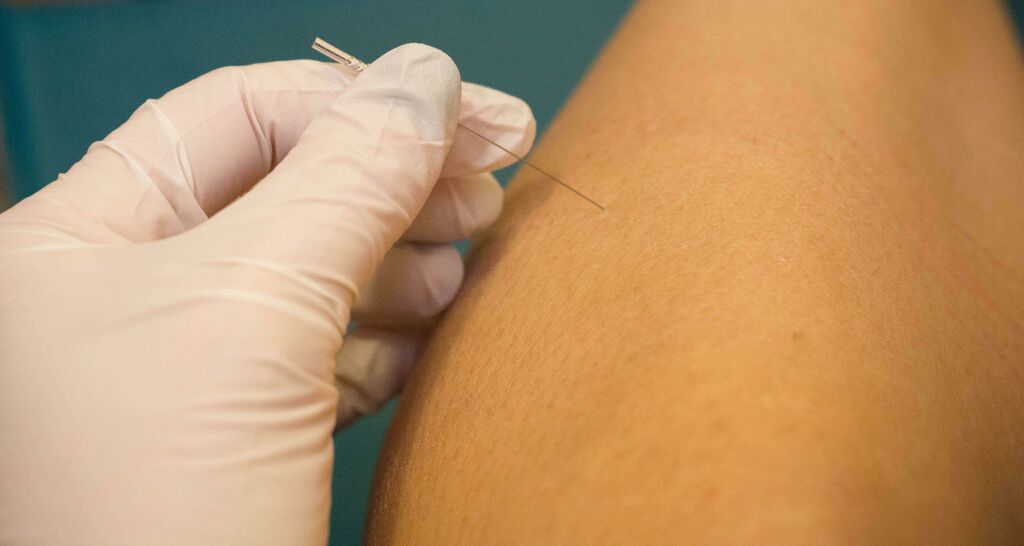
What are the side effects of the Dry Needling?
Side effects are minimal, with the most common being bruising and muscle soreness for 1-2 days after treatment. It’s a very safe procedure in the hands of someone who is trained well. When I have my calves and quads needled, I usually feel a soreness comparable to delayed onset muscle soreness, like what I feel after lifting weights or running downhill. So, if you have a race coming up, you may not want to get needled the day before, but I would definitely encourage the treatment earlier in the same week.
According to Kinetacore, a leader in dry needling training and certification, the positive results from treatment are usually apparent after 2-4 sessions. In my clinical experience, some patients have an incredible response on day 1, and others may need up to 6 sessions. Kinetacore states that “Dry needling is an effective treatment for acute and chronic pain, rehabilitation from injury, and even pain and injury prevention, with very few side effects.” Dry needling treatment is also effective in your recovery and cross-training phase after a long race.
Avoiding “Band-Aids”
Anecdotally, dry needling treatment is hands-down the most useful tool I have as a physical therapist with my patients. The treatment is most successful when paired with a “holistic” approach to therapy. In this culture, a “quick fix” is always desired, and my patients who seek it as a solo treatment to “get them through the next race” will find themselves coming back repeatedly over the years because the root of the problem is not addressed.
Dry needling treatment is most successful when paired with other treatments that address the cause of the issue, as opposed to placing a “Band-Aid” on the pain. For runners, this means looking at other factors like hip and core muscle strength, cross-training activities, shoewear, and their individual gait pattern. A close look at training parameters such as running surface, mileage, and speed/intensity of workouts are also very important.
Considering the fact that dry needling treatment is a newer technique in the field of physical therapy, it’s not surprising that a large database of studies is lacking in this area. The existing most recent evidence supports dry needling as an effective method for pain reduction in the short term for upper and lower quarter injuries. More research is definitely needed and anticipated to be available over the next several years.
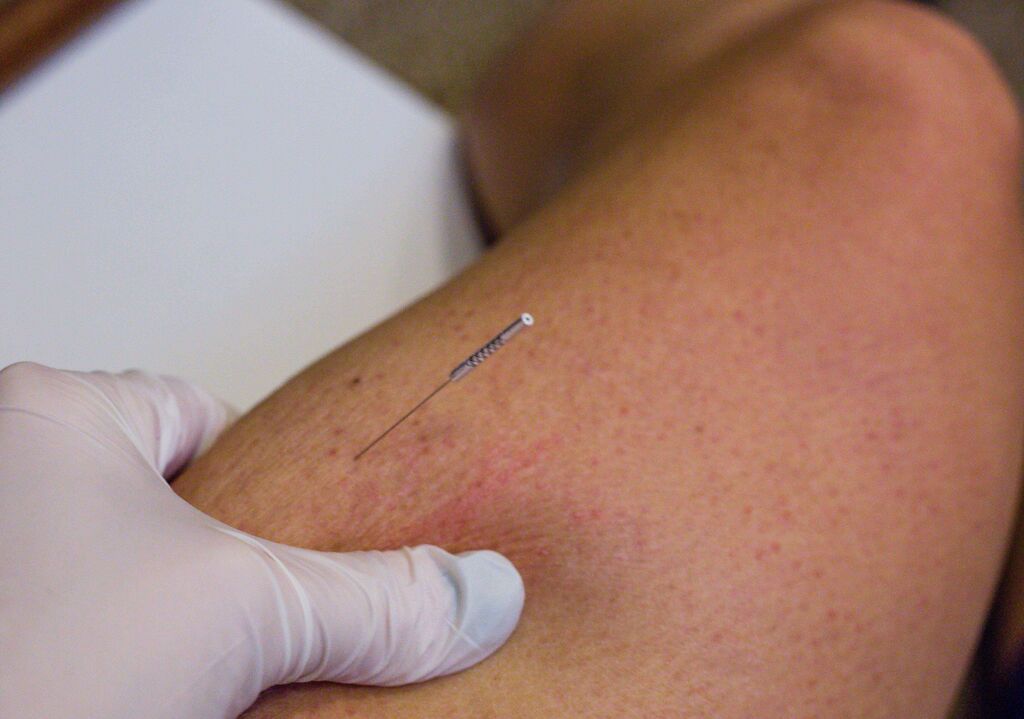
Does my insurance cover this?
Many insurances will not cover dry needling treatment when done in isolation but will cover it when it’s done in conjunction with other treatments in the same session (ie- exercise, manual therapy, stretching). If you have any concerns about coverage, be sure to address them with your PT, and they should know how to proceed depending on your insurance company.
Where can I try dry needling treatment?
According to Edo Zylstra, CEO of Kinetacore, about 6,000 of the 200,000 U.S. based physical therapists have taken courses in dry needling in the past few years. It’s important to seek out a licensed physical therapist with a certification, which can be determined by calling practices in your area to inquire about their individual therapists. Kinetico’s website offers a zip code directory of its certified practitioners. Myopain also offers a highly reputable dry needling certification program.
Latest Articles
 Is Running on a Treadmill Easier Than Running Outside?Runners have their own preferences, whether it is treadmill running, running outside on the road, or exploring trails. So...
Is Running on a Treadmill Easier Than Running Outside?Runners have their own preferences, whether it is treadmill running, running outside on the road, or exploring trails. So... Is It OK to Use Trail Running Shoes on the Road?While trail running shoes can be used on roads, especially in situations where a runner encounters mixed terrains or pref...
Is It OK to Use Trail Running Shoes on the Road?While trail running shoes can be used on roads, especially in situations where a runner encounters mixed terrains or pref... How to Fix Sore Quads After Running?Rest, ice, gentle stretching, and over-the-counter pain relievers can help soothe sore quads after running. Also, ensure ...
How to Fix Sore Quads After Running?Rest, ice, gentle stretching, and over-the-counter pain relievers can help soothe sore quads after running. Also, ensure ... 10 Fruits With The Most Electrolytes to Replace Sports DrinksThese fruits are high in electrolytes such as potassium, magnesium, and calcium, essential for hydration, muscle function...
10 Fruits With The Most Electrolytes to Replace Sports DrinksThese fruits are high in electrolytes such as potassium, magnesium, and calcium, essential for hydration, muscle function...

